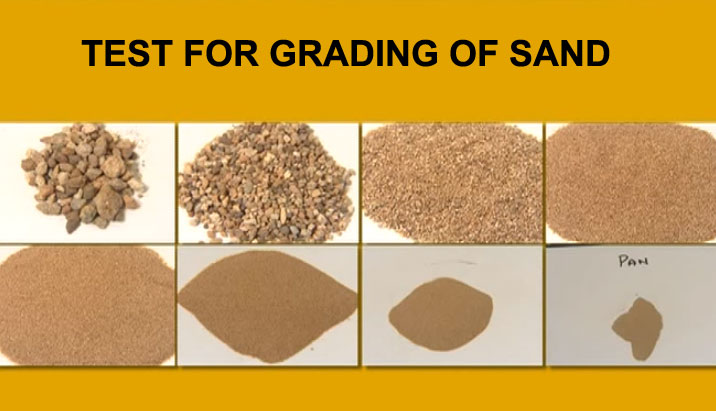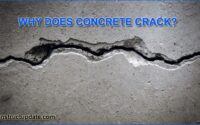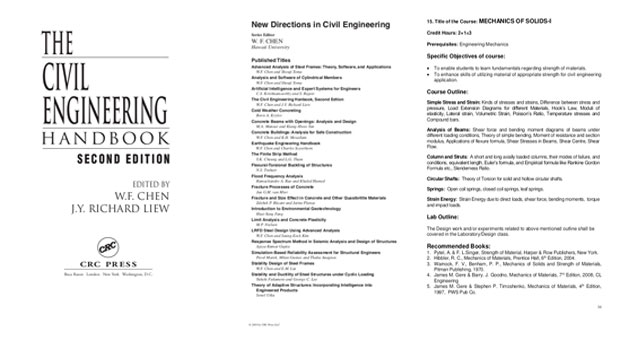How to Test for Grading of Sand
The Presence of particles of various sizes in a unit mass or volume of sand improve the workability of concrete mix and makes it denser. To determine the particle size distribution of sand we can conduct a sieve test now lets see how it is done.
Watch the video now:
If sand has less of finer particles the concrete becomes harsh and does not give good surface when worked with towels. The sleve analysis help in identifying the percentages of different size particles in a unit mass of sand. A representative sample of sand is waived and sieved on set of sieves ranging 4.75 mm to 150 microns. The sieves are arranged in ascending orders with a 150 Microns sieve at the bottom. The sample of sand is placed on the top sieve and the sieves are vigorously shaken for at least 2 minutes until the different sizes of aggregates completely passes through the successive sieves. The aggregates retains on each sieves is waived to obtain the cumulative percentage retained with respect to the total weight of the sample. The course of practice specifies the percentage to be retained on each sieves. The percentage passing is calculated from the cumulative percentage retained. In case of sand not having the required percentage passing through any particular sieve sand from different source can be mixed to make it qualify for the required gradation.
Summary of Test for Grading of Sand
Sand, consisting of different size particles produces concrete with minimum voids, improves its work-ability and density
Sand deficient in finer particles results in harsh concrete mix.
Sieve Analysis test is used for determining particles size distribution






